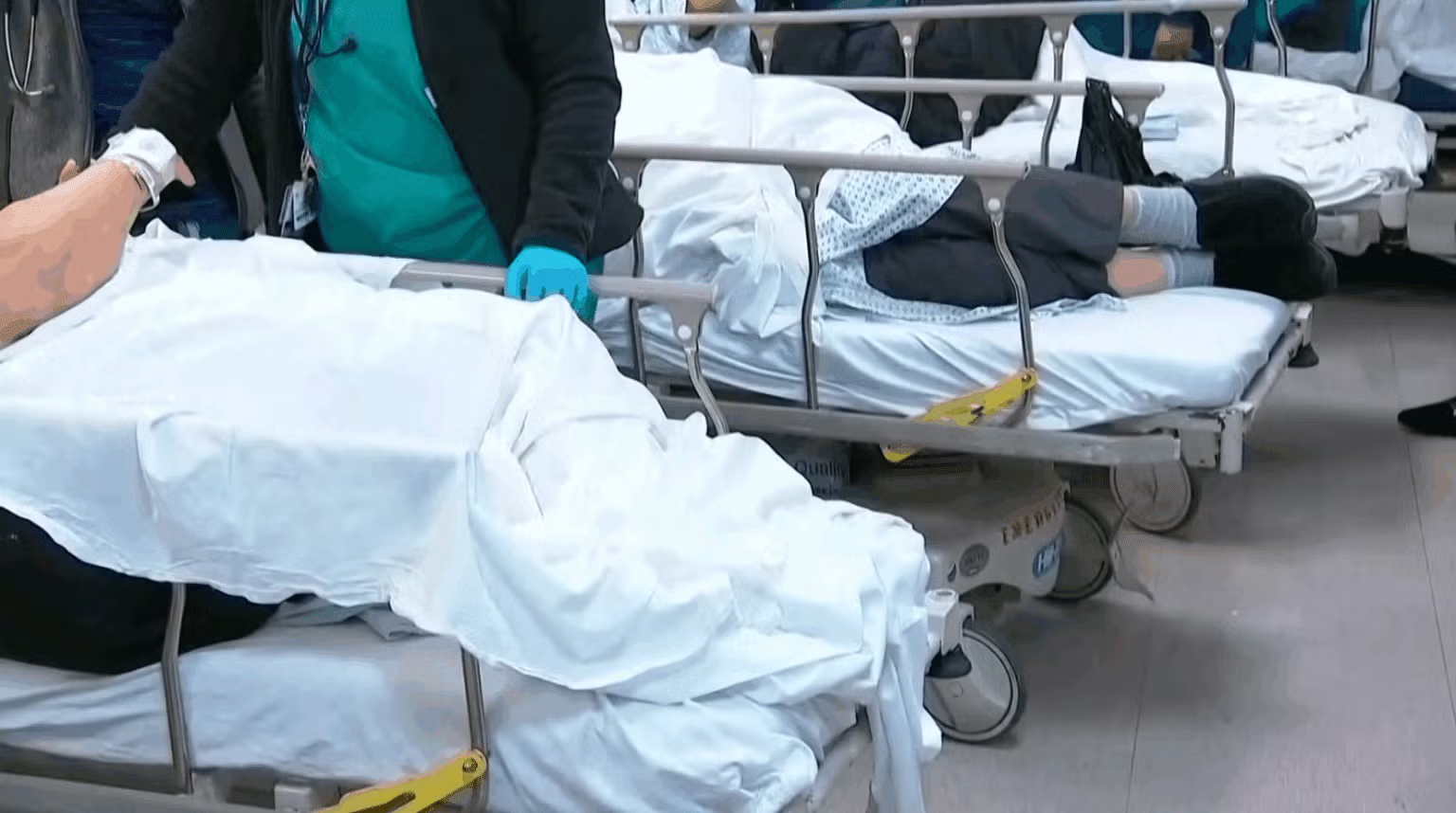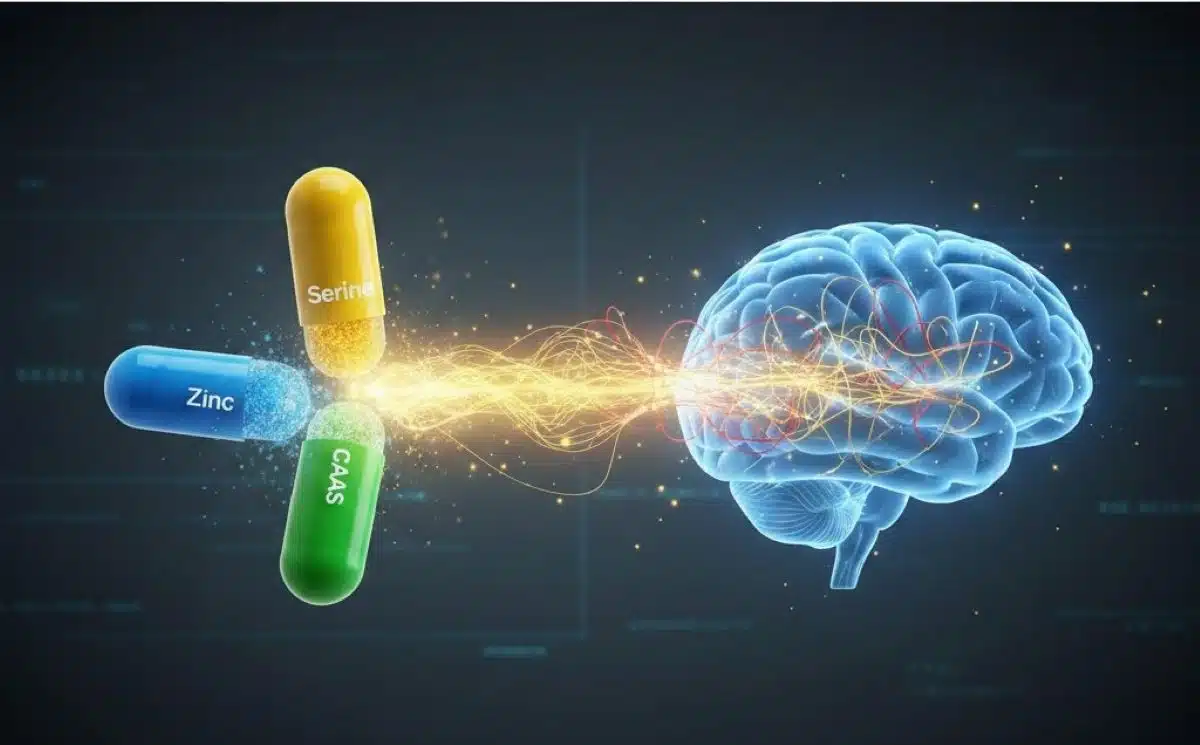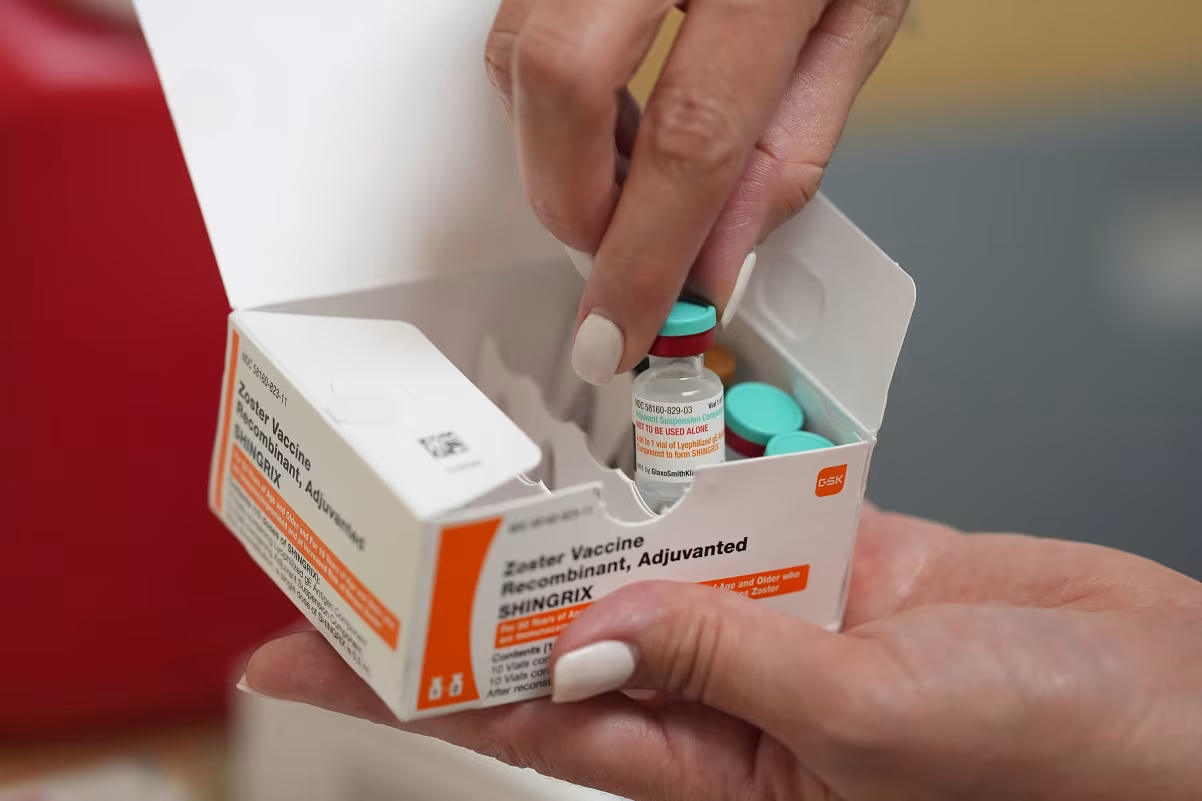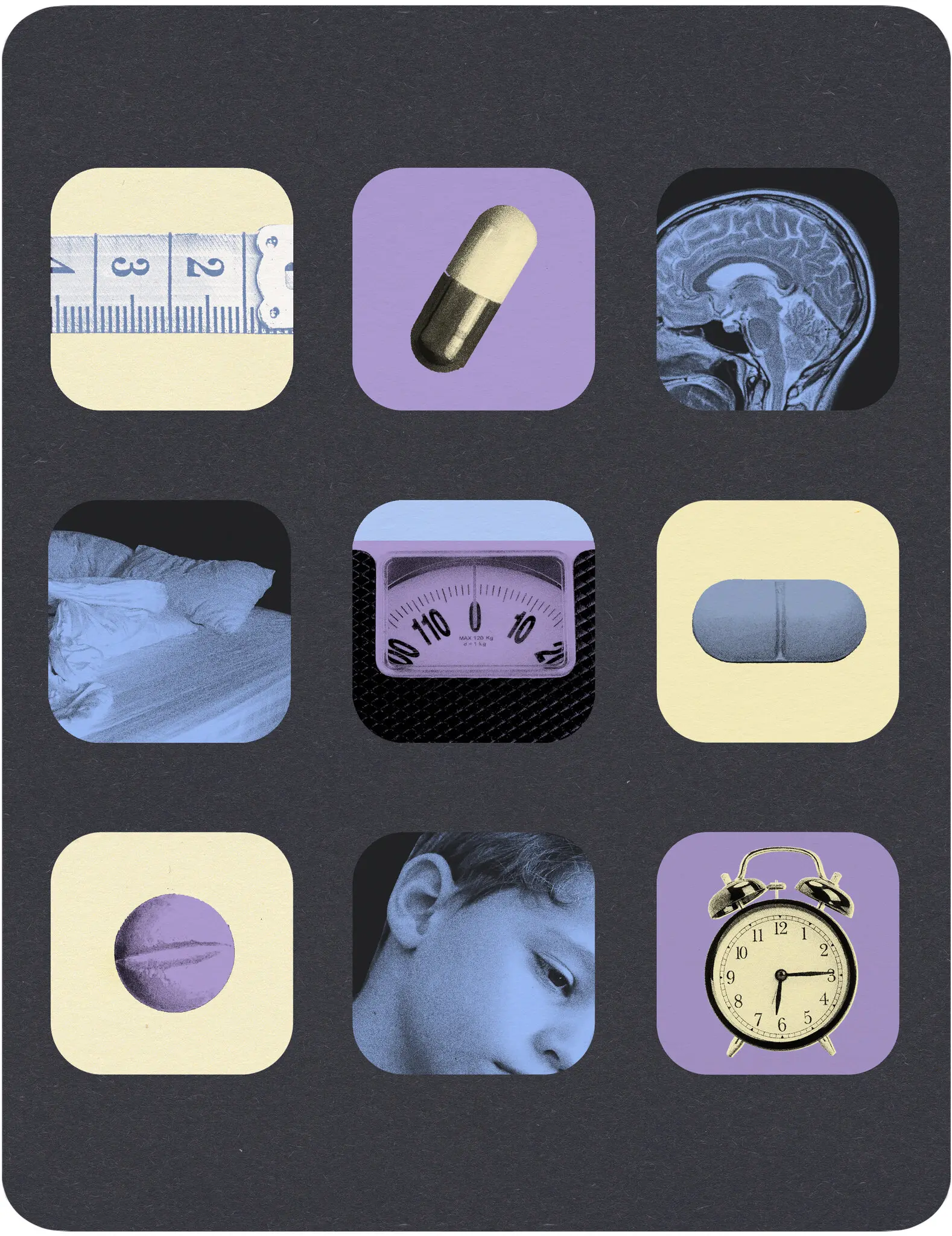As people age, muscle pain becomes a common and often frustrating part of daily life. Whether it’s due to overuse, arthritis, past injuries, or simply the natural wear and tear of the body, millions of adults over 40 report regular discomfort in muscles and joints. But in 2025, a shift is underway in how individuals — and the healthcare community — are addressing this pain.
From Pills to Prevention
While over-the-counter medications like ibuprofen and acetaminophen remain staples for short-term relief, growing numbers of older adults are turning to long-term, holistic strategies to manage muscle pain. Medical professionals are increasingly emphasizing prevention through movement, flexibility, and strength training — especially for those who prefer to limit medication use.
Experts note that low-impact activities such as yoga, tai chi, water aerobics, and resistance band workouts are not only gentle on joints but also effective at increasing blood flow, reducing stiffness, and preserving mobility.
Targeted Therapies Gain Ground
Physical therapy has become a go-to option for many aging individuals seeking personalized solutions. Therapists now use tailored plans that combine stretching, posture correction, and mobility work to address pain at its source rather than just masking it.
Other interventions gaining popularity include massage therapy, dry needling, and trigger-point release — techniques that target deep muscle tension often missed by medication. These methods are being increasingly recommended for people experiencing chronic conditions like fibromyalgia or age-related muscle tightness.
Heat, Cold, and Compression
Simple home treatments remain essential tools for pain relief. Heating pads, warm baths, and moist heat packs are commonly used to loosen tight muscles, while cold packs help reduce inflammation after physical activity. Compression garments, often used by athletes, are now widely adopted by older adults for support and circulation.
Many users report that regular use of these methods can reduce their reliance on medications and allow for more consistent movement throughout the day.
The Rise of Topical Solutions
Creams, gels, and patches infused with pain-relieving agents are booming in popularity. Unlike oral medications, these topical options deliver relief directly to the affected area without affecting the entire body. Some contain menthol or capsaicin, while others include anti-inflammatory ingredients designed to ease localized soreness.
Some formulations now also integrate herbal or plant-based elements, appealing to individuals looking for more natural alternatives to pharmaceutical products.
Mind-Body Connection
An increasing number of pain specialists are incorporating mental health strategies into treatment plans. Stress, anxiety, and poor sleep can amplify pain perception, particularly in older adults. Practices like mindfulness meditation, breathing techniques, and cognitive-behavioral therapy are now recognized for their role in managing chronic discomfort.
Emerging studies suggest that adults who address both physical and emotional wellness experience improved outcomes, particularly when pain is long-standing or linked to conditions like arthritis or spinal issues.
Conclusion
The modern approach to muscle pain in aging adults is no longer centered solely on medication. Instead, it’s becoming a more balanced combination of physical therapy, lifestyle adjustments, mental wellness, and smart home remedies. As the population ages, these evolving strategies are empowering individuals to remain active, mobile, and independent — with less reliance on the medicine cabinet.
















Leave a Reply